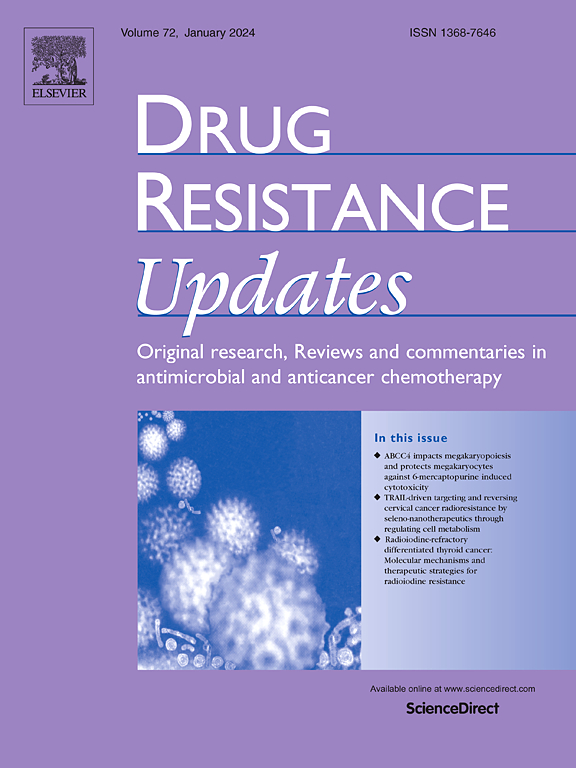Overcoming delivery challenges of antimicrobial peptides for clinical translation: From nanocarriers to molecular modifications
IF 21.7
1区 医学
Q1 PHARMACOLOGY & PHARMACY
引用次数: 0
Abstract
Antimicrobial peptides (AMPs) have emerged as a promising solution to combat multidrug-resistant (MDR) bacteria. Their unique mechanisms of action reduce the likelihood of resistance development. However, despite their potential, AMPs in clinical trials face significant challenges, including proteolytic degradation and short half-lives during systemic or oral administration. To address these limitations and enhance AMP stability and therapeutic efficacy, several key strategies have been explored. In this review, we summarize recent advances in AMP design, covering: 1) the delivery and formulation of AMPs, including metal-based, polymer-based, and lipid-based delivery systems, as well as the self-assembled nanotechnology of AMPs; 2) the internal modification of AMPs, including stereochemical modification, structural cyclization modification, and terminal modification. This review provides critical insights into AMP optimization, guides the development of future drug candidates, and highlights the interdisciplinary approaches required to accelerate clinical translation.
克服临床翻译抗菌肽的递送挑战:从纳米载体到分子修饰
抗菌肽(AMPs)已成为对抗多药耐药(MDR)细菌的一种有前途的解决方案。它们独特的作用机制降低了产生耐药性的可能性。然而,尽管AMPs具有潜力,但在临床试验中面临着重大挑战,包括在全身或口服给药过程中蛋白水解降解和半衰期短。为了解决这些限制并提高AMP的稳定性和治疗效果,研究人员探索了几个关键策略。本文综述了AMP设计的最新进展,包括:1)AMP的递送和配方,包括金属基、聚合物基和脂质基递送系统,以及AMP的自组装纳米技术;2) AMPs的内部修饰,包括立体化学修饰、结构环化修饰和末端修饰。这篇综述为AMP优化提供了重要的见解,指导了未来候选药物的开发,并强调了加速临床转化所需的跨学科方法。
本文章由计算机程序翻译,如有差异,请以英文原文为准。
求助全文
约1分钟内获得全文
求助全文
来源期刊

Drug Resistance Updates
医学-药学
CiteScore
26.20
自引率
11.90%
发文量
32
审稿时长
29 days
期刊介绍:
Drug Resistance Updates serves as a platform for publishing original research, commentary, and expert reviews on significant advancements in drug resistance related to infectious diseases and cancer. It encompasses diverse disciplines such as molecular biology, biochemistry, cell biology, pharmacology, microbiology, preclinical therapeutics, oncology, and clinical medicine. The journal addresses both basic research and clinical aspects of drug resistance, providing insights into novel drugs and strategies to overcome resistance. Original research articles are welcomed, and review articles are authored by leaders in the field by invitation.
Articles are written by leaders in the field, in response to an invitation from the Editors, and are peer-reviewed prior to publication. Articles are clear, readable, and up-to-date, suitable for a multidisciplinary readership and include schematic diagrams and other illustrations conveying the major points of the article. The goal is to highlight recent areas of growth and put them in perspective.
*Expert reviews in clinical and basic drug resistance research in oncology and infectious disease
*Describes emerging technologies and therapies, particularly those that overcome drug resistance
*Emphasises common themes in microbial and cancer research
 求助内容:
求助内容: 应助结果提醒方式:
应助结果提醒方式:


